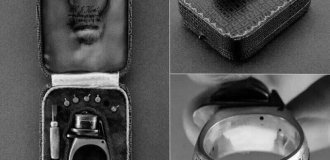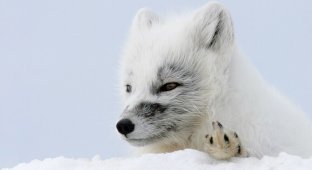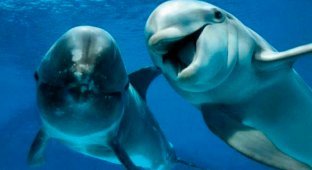Why does fat easily protect animals from frost? (5 photos)
Interesting information about why the fat layer is so good at protecting against severe frosts. 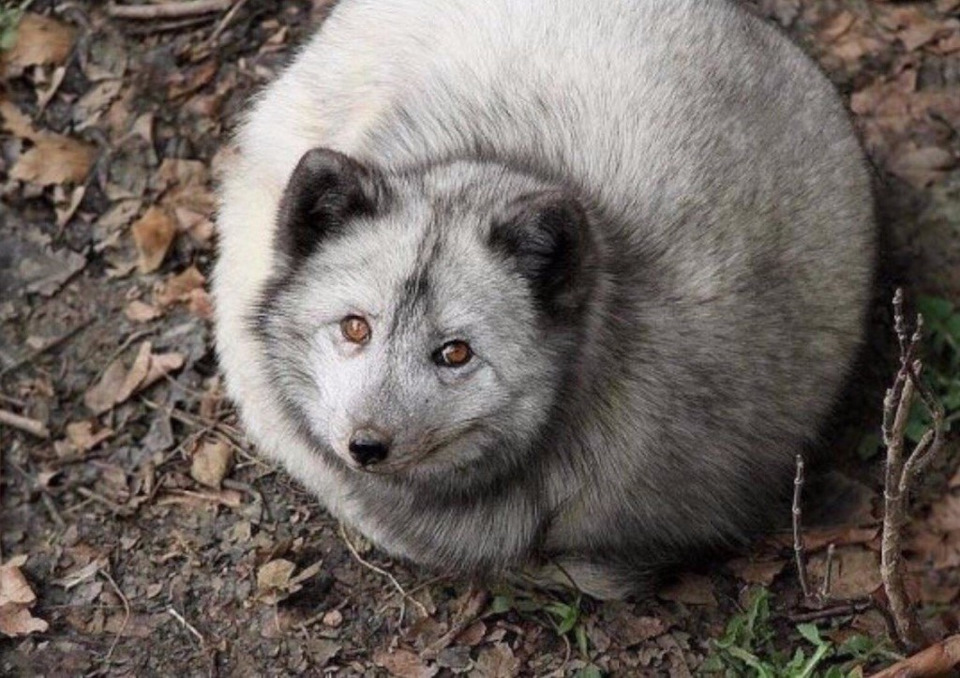
Full Arctic fox - warmed arctic fox
Primarily because fat is a damn good insulator. That's such a surprise, isn't it? The thermal conductivity of adipose tissue is 3 times less than the thermal conductivity of any other internal tissue of the body. Such a low indicator is ensured both by the physical properties of the fat itself and by its location. 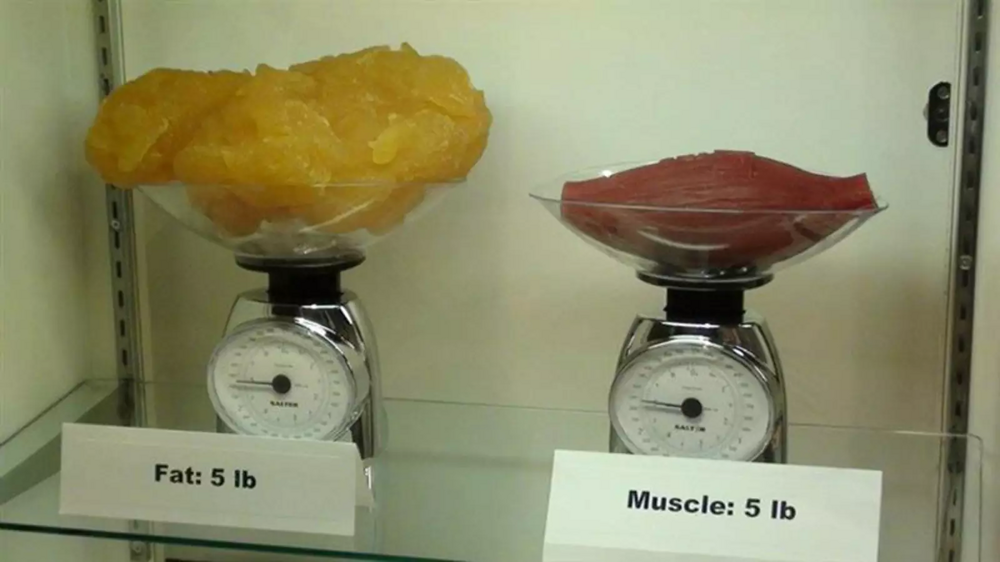
And fat is also less dense. This means it will provide more insulation!
The fact is that the spread of thermal energy slows down if it needs to move from one medium to another. This principle is used, for example, for thermal insulation with foam plastic and similar porous materials. Although they consist of 95-98% air, they retain heat well. The story is similar with adipose tissue, only instead of air cavities there is intercellular fluid, and instead of foam there are adipocytes - fat-filled cells. 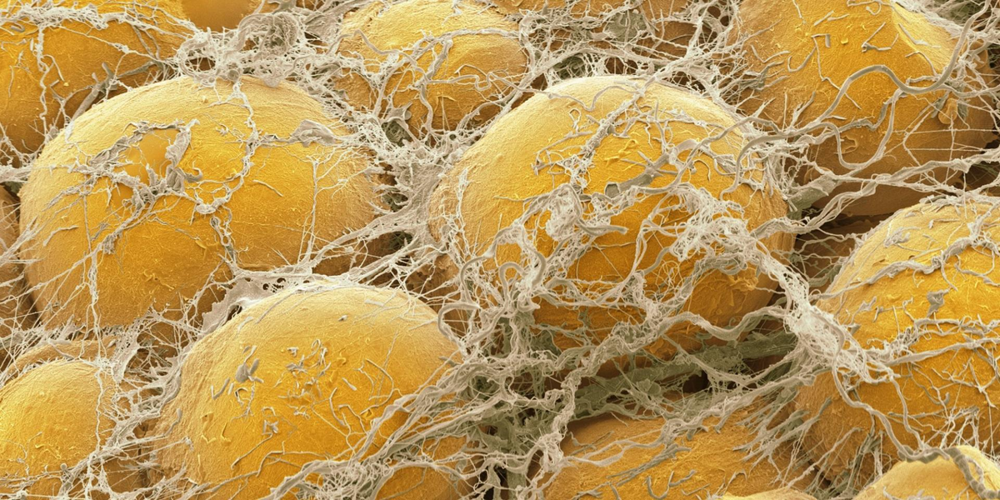
Adipocytes in a network of proteins. It looks like a string bag with tangerines.
In addition, adipose tissue has a very low oxygen requirement. This means that little blood is needed for its functioning, as well as vessels for delivery. What does it mean? Here's what: blood not only delivers oxygen and goodies throughout the body, it redistributes heat. Since there are few vessels around the fatty layer, the heat remains inside the body, almost never entering the subcutaneous adipose tissue. 
But this doesn’t matter, because adipose tissue itself is capable of generating heat. Thermogenesis is one of the key features of brown adipose tissue. We humans have very little of it, but rodents and hibernating animals actively use its services. Under the influence of norepinephrine, brown adipose tissue cells actively break down their reserves, produce a whole bunch of energy and help keep you warm in difficult times. 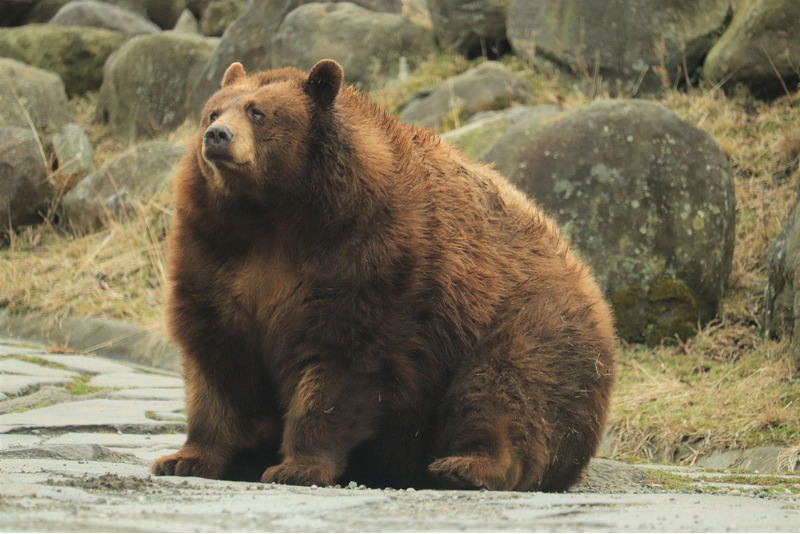
That's it, ready for winter!
Living organisms simply do not have a better heat insulator. And even if there was, it wouldn't matter. After all, another advantage of fat is that it is very easy to get! Our body produces fat from any organic material it can absorb. Using the wonderfully named biochemical magic of gluconeogenesis, animal bodies convert a huge number of substances, including proteins, into glucose. And then the body converts it into fatty acids. It's just a pity that it doesn't work the other way. You can't turn a beer belly into steel muscles...




